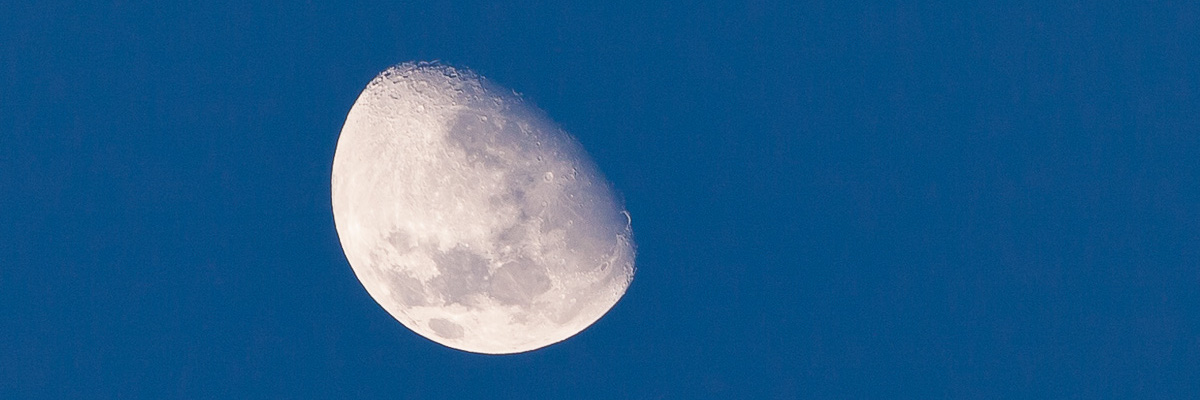23RD AUGUST, 2024
Hello.
When I was a kid, I read something that astonished me… In Argentina, the moon appears upside down.
I can’t remember whether I read this staggering factoid in some children’s encyclopaedia or in Look and Learn magazine, but I distinctly remember a painted illustration of a gaucho sitting on horseback beneath an upside-down full moon. I couldn’t get my head round such a concept. Why on earth would the moon be upside down in Argentina? Was it due to some local trick of the light, like mirages in the desert? The article didn’t explain.
It wasn’t until a few years later that I realised my misunderstanding. The moon didn’t appear upside down due to mysterious atmospheric conditions above Argentina; it appeared upside down because Argentina is in the southern hemisphere. It wasn’t the moon that was upside down, but the people who were looking at it.
Many more years later, in November 2000, I finally got to witness this topsy-turvy phenomenon for myself, standing outside a noisy video arcade in central Sydney, gawping up in delight at Australia’s downside-up moon.

I’m sure any Argentinians or Australians reading this will be quick to point out it isn’t their moon that’s upside down, but the moon in the northern hemisphere. It’s a matter of perspective. But I mention this childhood anecdote because, a few weeks ago, halfway through my sixtieth circuit around the sun, I read something else about the moon that really shouldn’t have astonished me quite as much as it did… The moon orbits our planet from west to east!
I can’t believe I wasn’t aware of this simple fact before now. I knew, of course, that the stars, sun and moon appear to move across the sky from east to west due to the daily rotation of the earth about its axis, west to east. And I knew that, while the inconceivably distant stars all appear to move across the sky together at the same speed, the moon crosses slightly more slowly—a phenomenon you can observe for yourself over the course of a night, or several nights. But it had never dawned on me that the moon forever lagging behind the stars in this way has to be due to its slowly moving west to east as it orbits the earth once a month. So, while it takes 23 hours 56 minutes and 4.0905 seconds for the earth to complete one rotation about its axis relative to the stars, it takes an additional 50 minutes or so for it to catch up with the moon. This explains why the moon appears to rise roughly 50 minutes later each day, and why the oceans’ tides, which are mainly caused by the gravitational pull of the moon, also rise and fall roughly 50 minutes later each day.
So now I know! (And so do you, if you didn’t already.)
What else haven’t they been telling me?
Some stuff I thought worth sharing
- Peeping on Pepys
The story of the long-running website PepysDiary.com, and of how Samuel Pepys’ famous diary found a new life on the internet. - The ‘wood wide web’ theory charmed us all—but now it’s the subject of a bitter fight among scientists
The debate about the degree to which forests and fungi communicate raises the question of confirmation bias, says Sophie Yeo. - The Babylonian Map of the World (video)
On the discovery, piecing together, and eventual interpretation of the oldest known map of the world. It’s a great story! - Hayward of the Dale
Mary Wellesley on old terms used to describe women’s bodily parts and functions. - How this pen changed the world (video)
The story of the Bic Crystal ball-point pen. - The evidence is mounting: humans were responsible for the extinction of large mammals
The debate has raged for decades: was it humans or climate change that led to the extinction of many large animal species over the past 50,000 years?
Recent reading
The Accidental Garden by Richard Mabey

A lovely new book from the veteran nature writer about his two-acre garden in Suffolk, and the many organisms that have adopted it as their habitat.
Book update
Work on my Darwin book slowed somewhat this spring and summer, partly due to my travelling more than usual. I recently completed a chapter inspired by a walk along the north coast of Anglesey last September, which was really an excuse to write about the evolutionary history of seals and porpoises. I have a couple more chapters planned, then the real fun should begin as I start wielding the knife, murdering my darlings, licking things into shape, and mixing metaphors to my heart’s content.

And finally…
Thanks as always for making time to read this newsletter. If you enjoyed it, please share it with your friends.
Take care, and see you next time.
Richard
richardcarter.com
Places to follow me:
Website: Blog • Newsletter • Reviews • Moor book • Darwin book • RSS
Social: Substack • Bluesky • Mastodon • Instagram



Leave a Reply